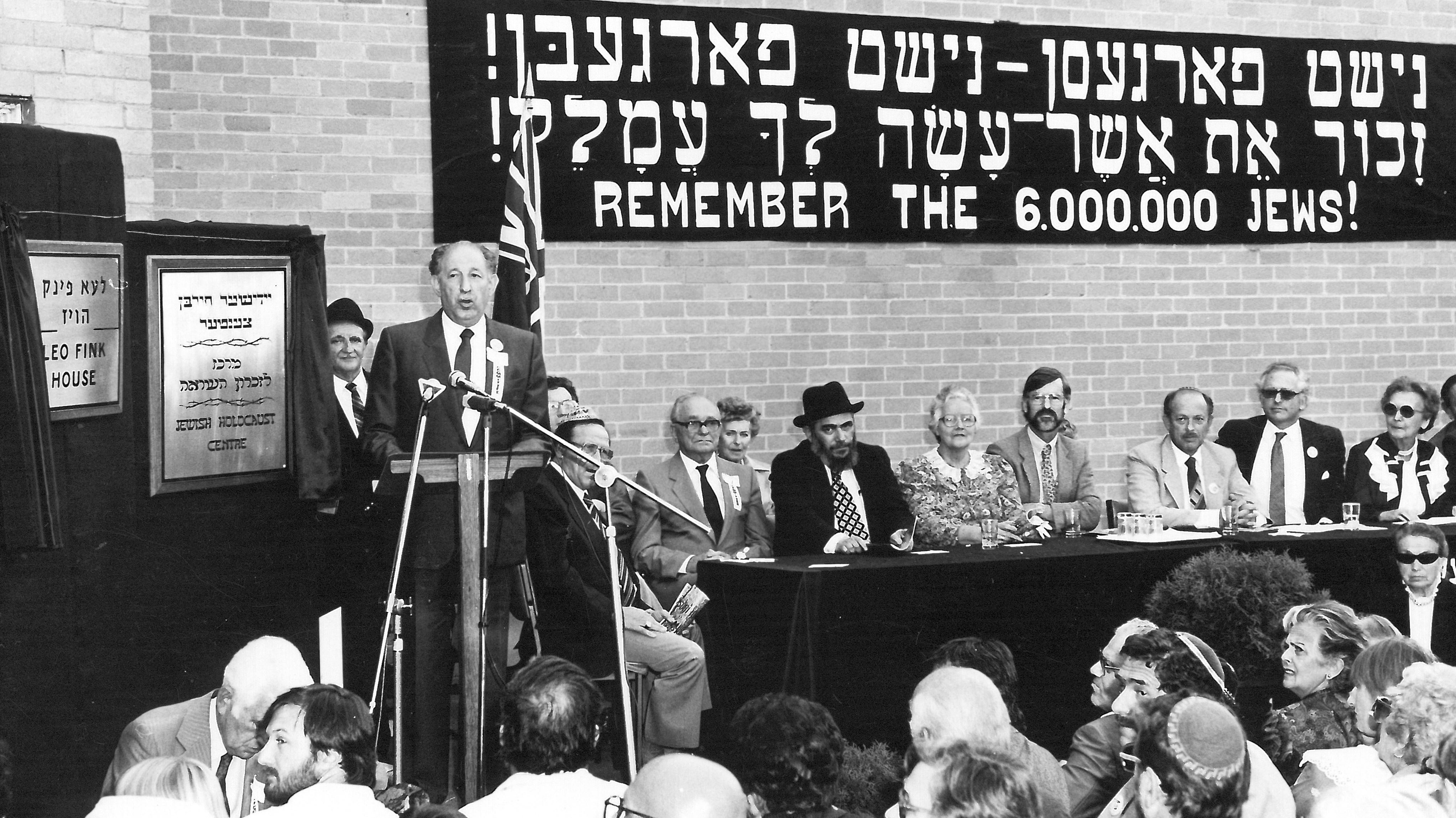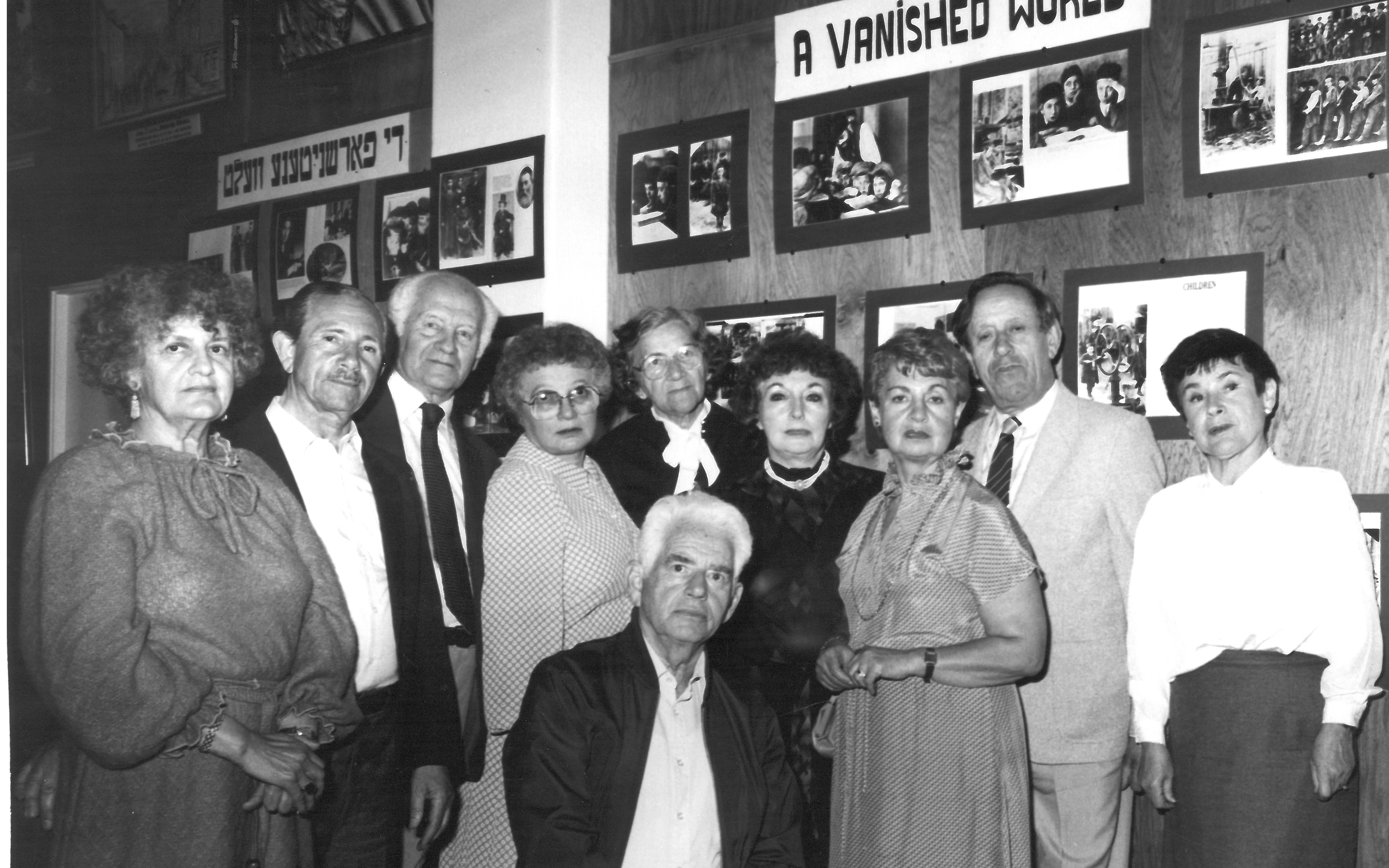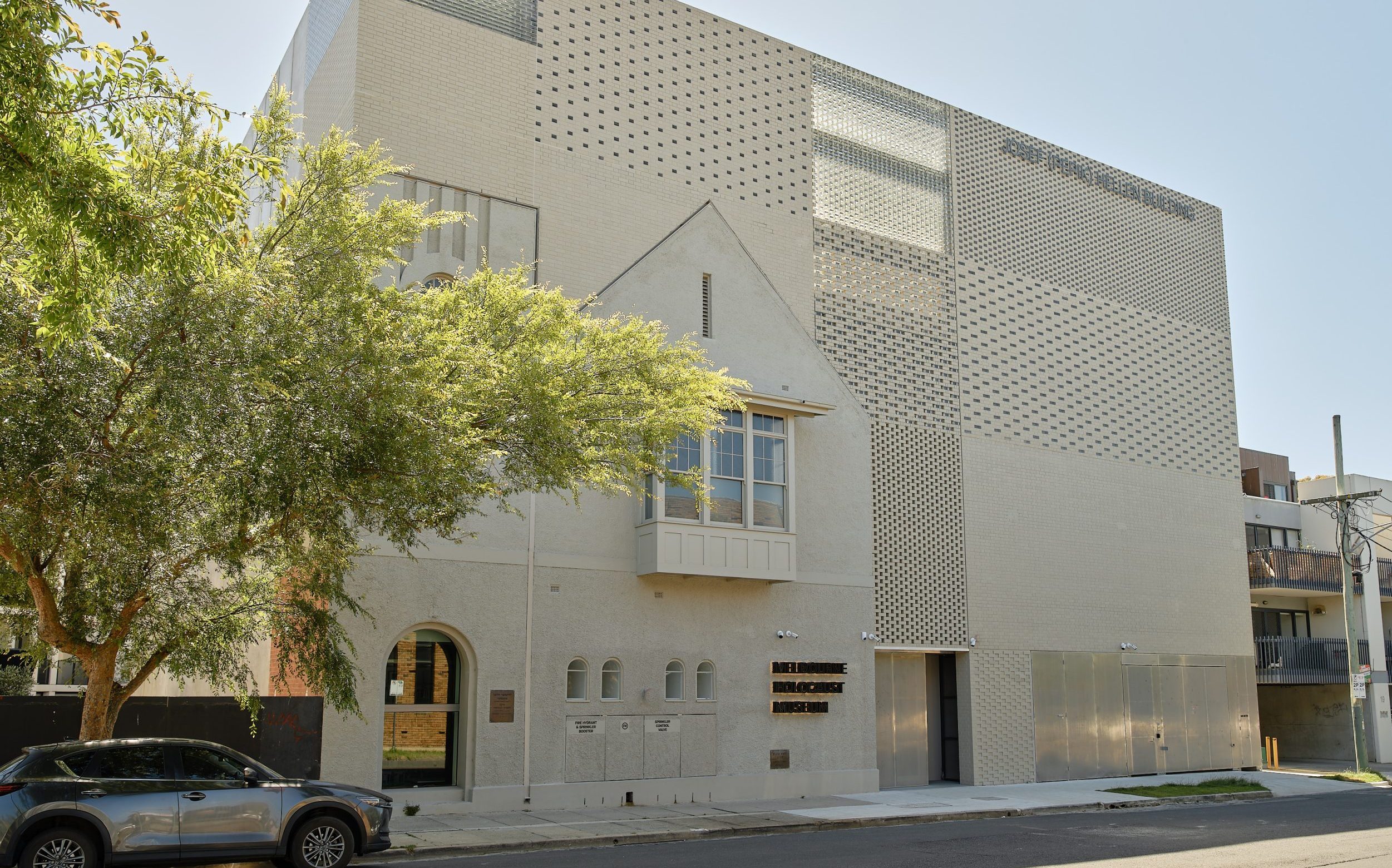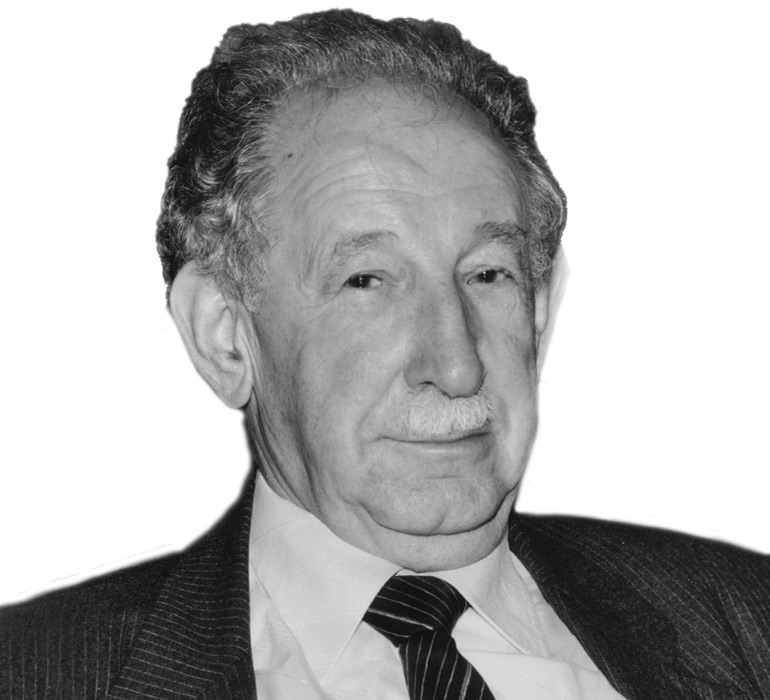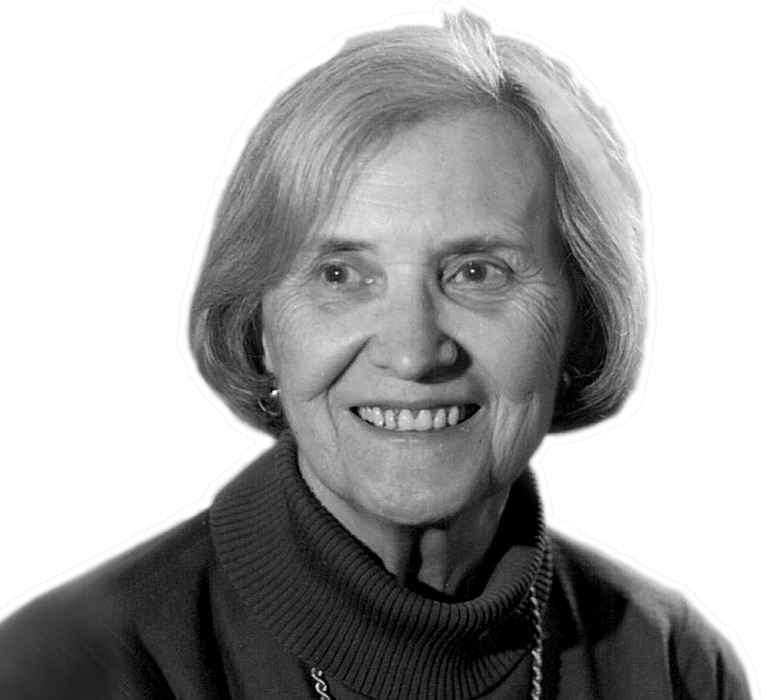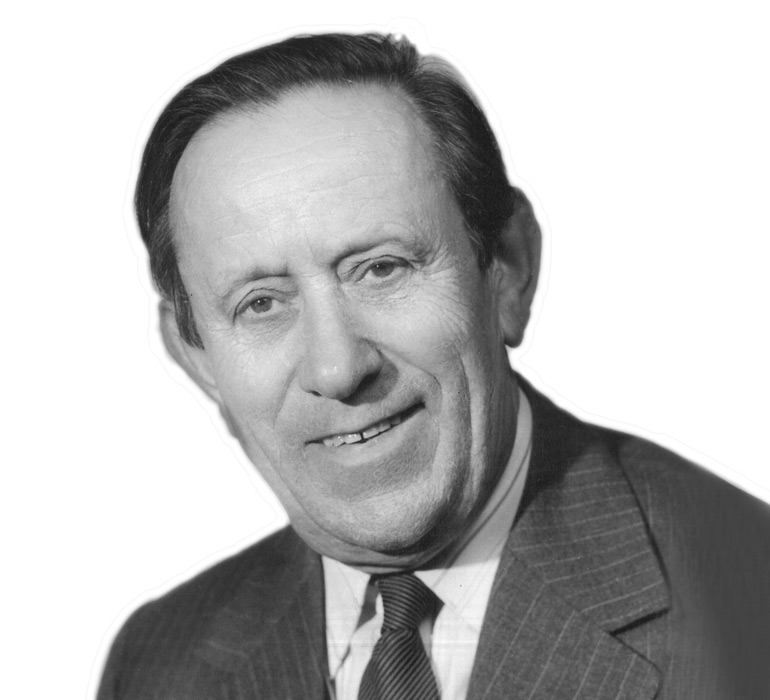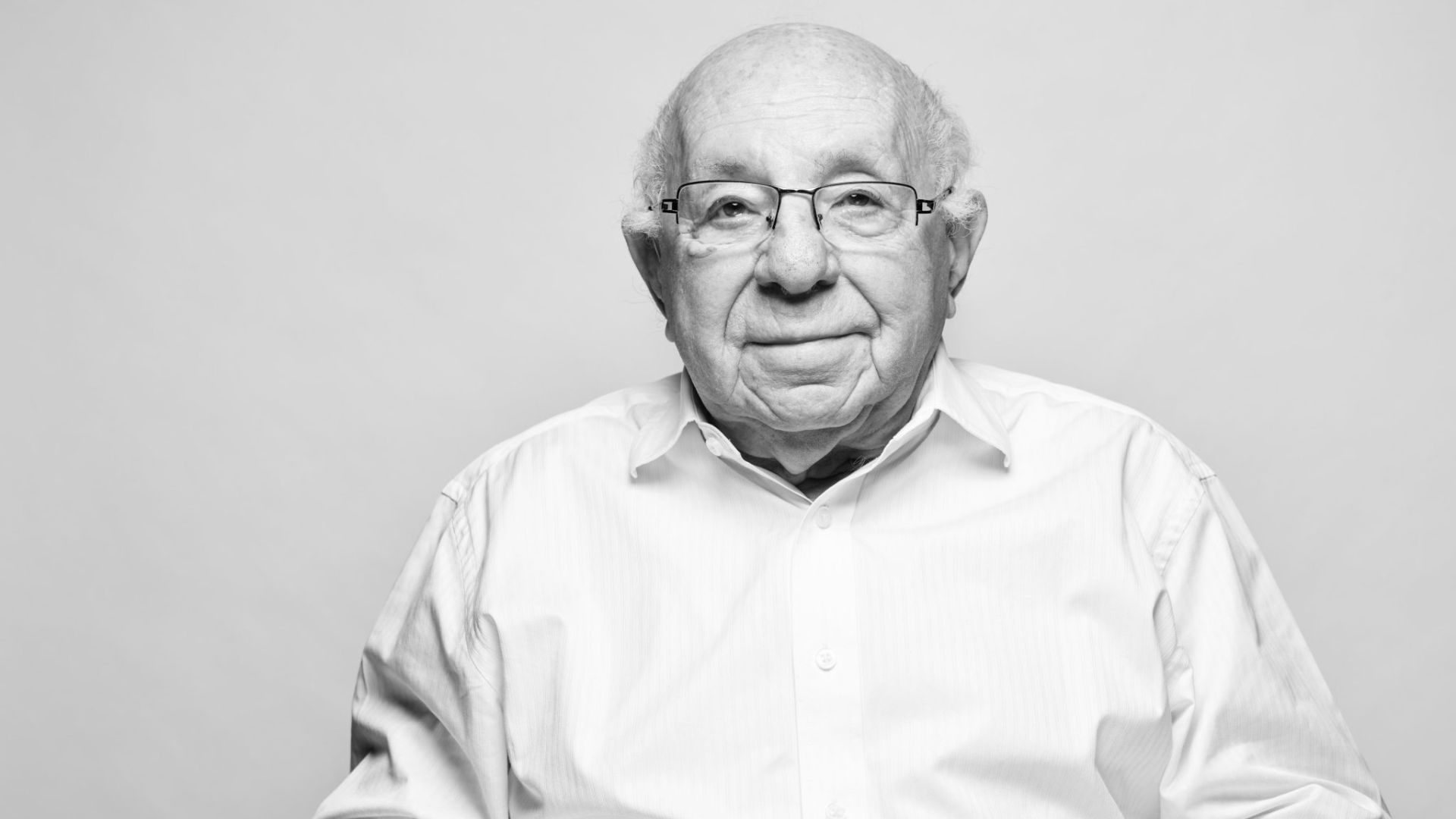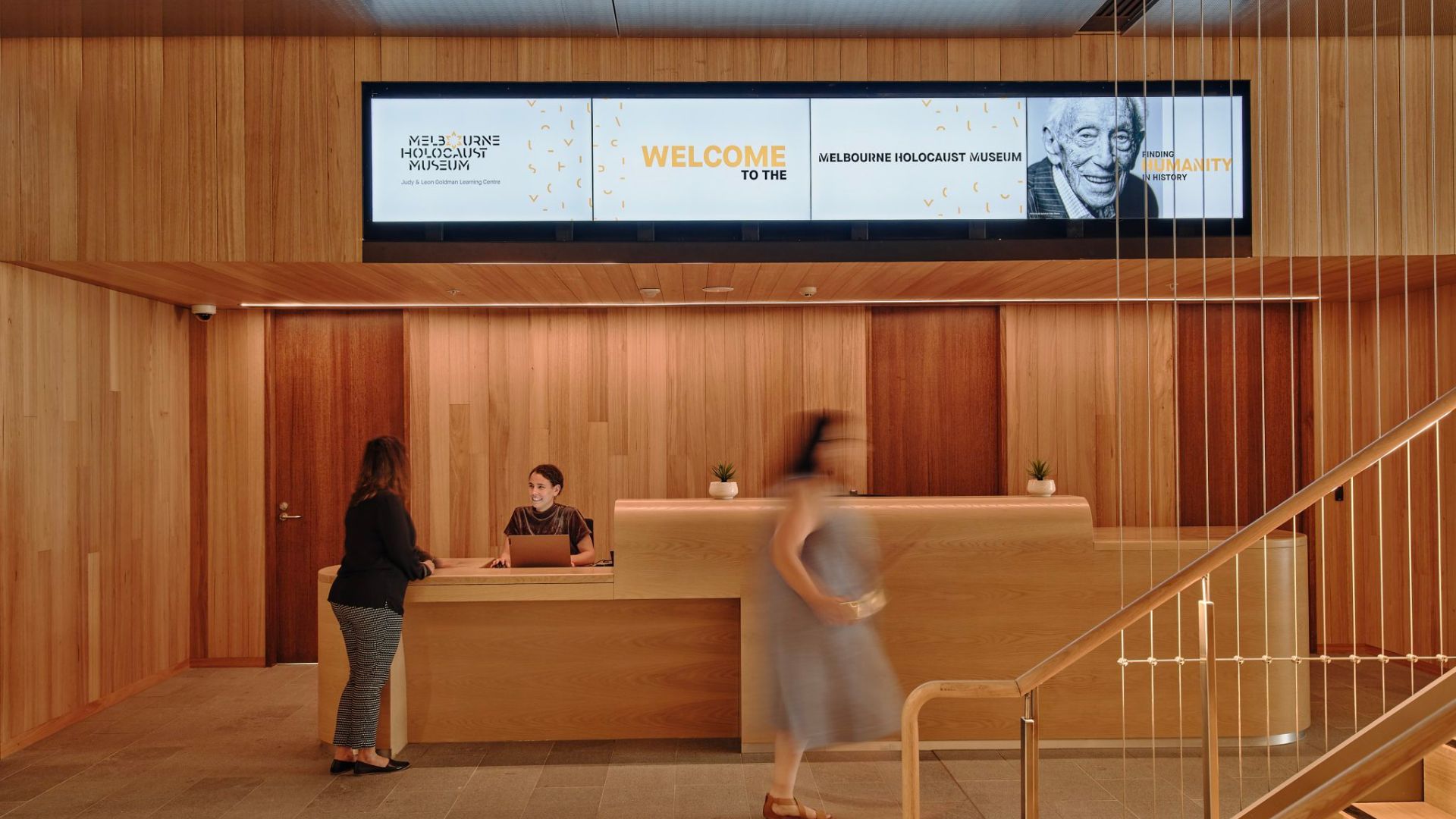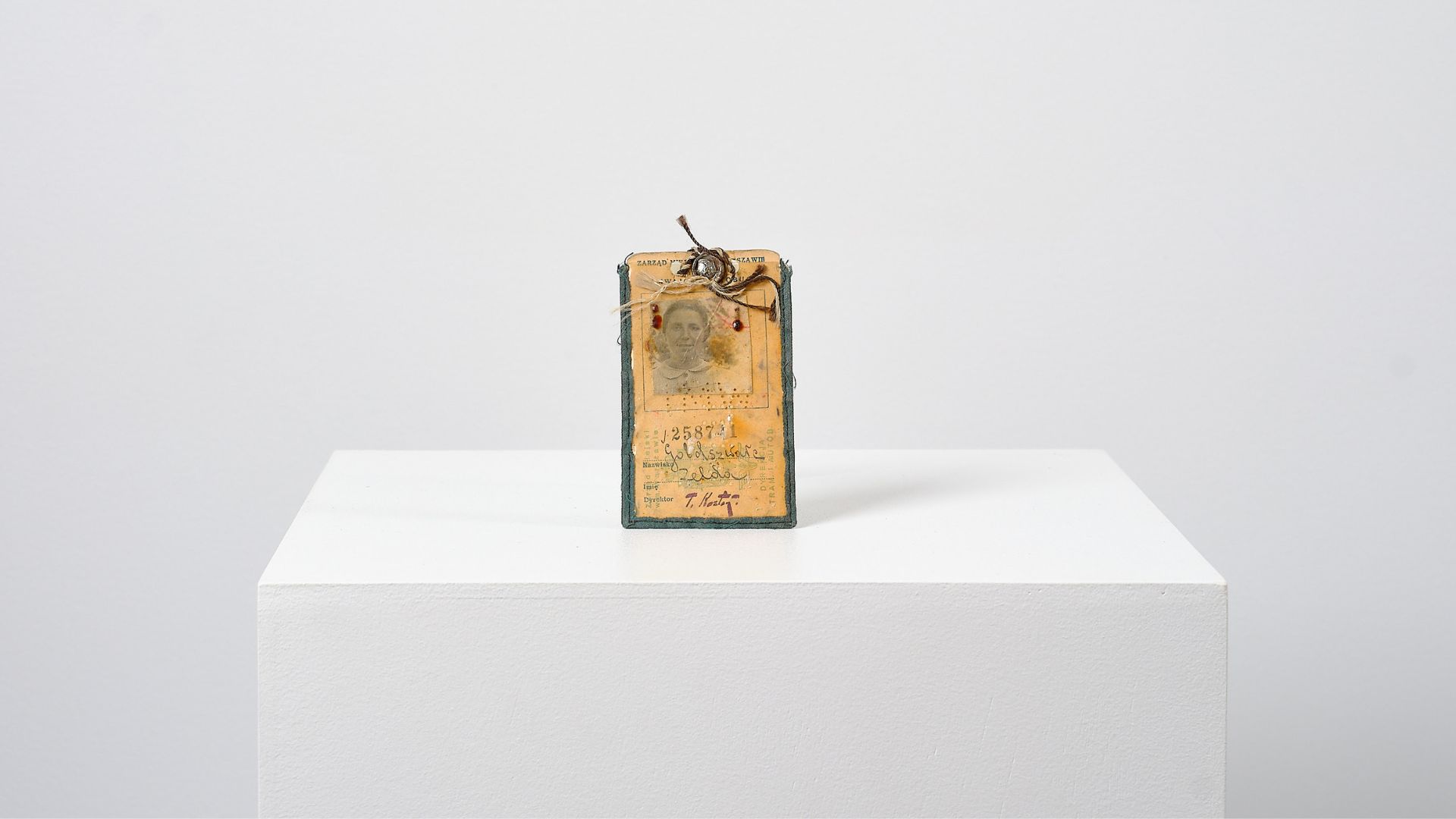The second of nine children, Aron Sokolowicz grew up in Bialystok, Poland with a deep commitment to Jewish tradition and culture.
In 1942, Aron was transported from the Bialystok Ghetto to Auschwitz, where he remained until its liquidation in January 1945. He was then transported to Ebensee, Austria, where he was liberated several months later by the Americans.
His wife and four-year-old son, however, were murdered during the Holocaust.
After liberation, Aron married Cyla, a Holocaust survivor from Lodz. They soon moved to Israel where their two daughters were born. And in 1957, they migrated to Australia.
To remember the Holocaust victims, Aron initially established a mobile Holocaust exhibition that included photographs and memorabilia – before starting the MHM with other dedicated survivors.
Aron served as MHM’s co-president until his death in 1991. He was also active as president of the Federation of Polish Jews, a member of the State Zionist Council, and of ‘Kadima’ (the Jewish Cultural Centre and National Library).
